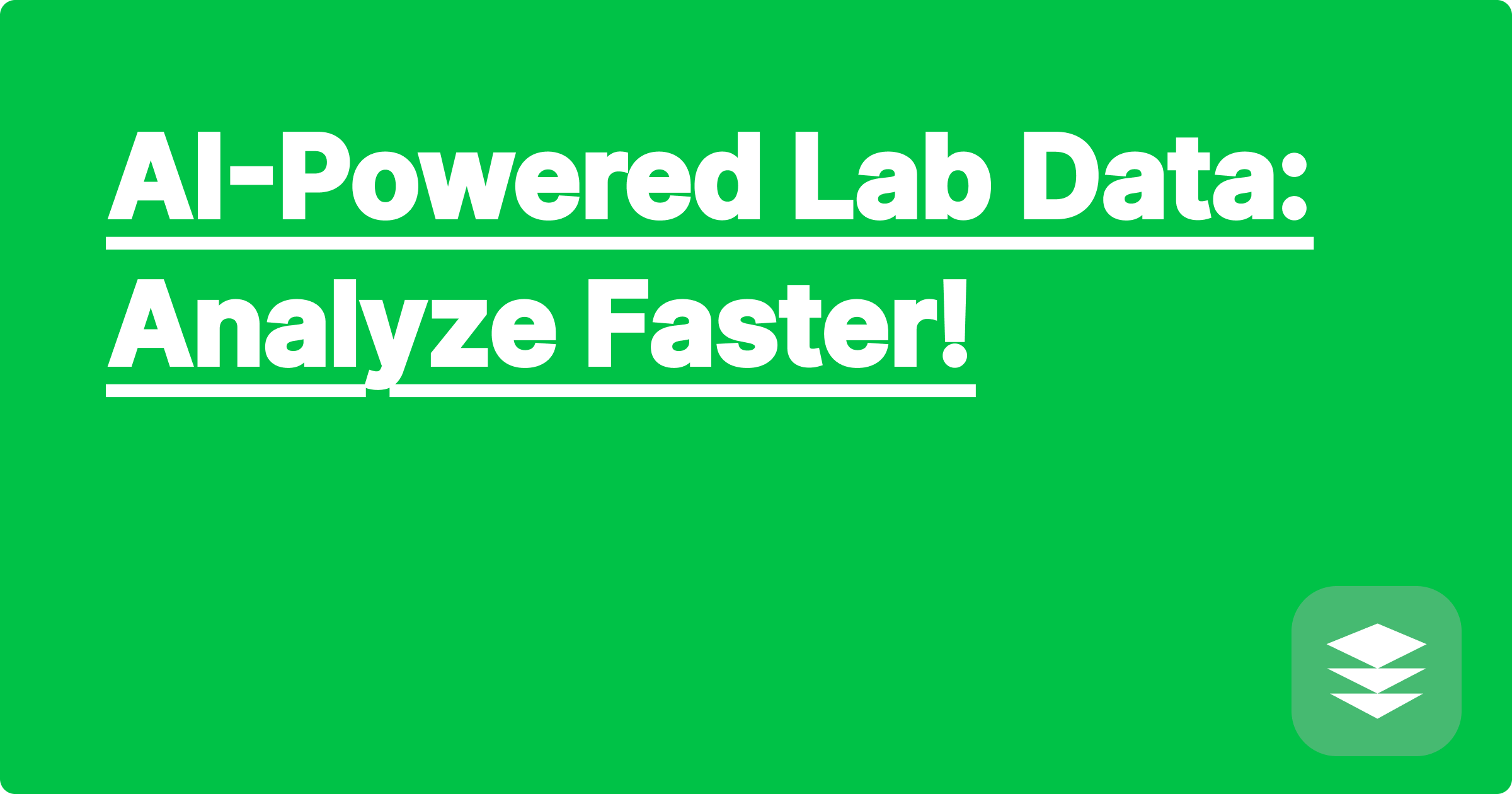
For STEM students and researchers, time is a precious commodity. Juggling coursework, research, experiments, and writing can feel overwhelming, especially when complex data analysis slows down progress. Imagine a world where you could analyze your lab data faster, extract meaningful insights in a fraction of the time, and accelerate your path to groundbreaking discoveries. That world is closer than you think, thanks to the power of Artificial Intelligence. This blog post explores how AI, specifically Generative Pre-trained AI (GPAI) tools, can revolutionize your approach to STEM research, transforming you into a more efficient and effective scholar, ready to make a quantum leap in your field. This is your AI-powered cheat sheet for STEM success, designed to help high-achieving students like you (especially those aiming for that impressive 3.5+ GPA) navigate the complexities of research and achieve academic excellence.
Think of it this way: you're a conductor leading a complex orchestra of data points. Without the right tools, coordinating all those instruments can feel chaotic and time-consuming. AI acts as your expert assistant conductor, helping you organize, analyze, and interpret the music of your data with unprecedented speed and precision. This isn't about replacing your expertise, but about empowering you to focus on the bigger picture – the hypotheses, the interpretations, the innovations – while AI handles the heavy lifting of data processing. This is your quantum leap strategy, a pathway to optimizing your study habits and maximizing your research output.
The traditional approach to lab data analysis often involves manual data entry, complex spreadsheet calculations, and time-consuming statistical analyses. This can be a major bottleneck, especially when dealing with large datasets or intricate experimental designs. Imagine spending hours, even days, sifting through spreadsheets, double-checking calculations, and struggling to visualize trends. This not only drains your valuable time and energy but can also increase the risk of errors. Furthermore, traditional methods might not be equipped to handle the complexities of modern research, especially in fields like genomics, proteomics, and materials science where datasets are becoming increasingly large and multifaceted. This is where AI comes in, offering a powerful solution to overcome these challenges and unlock the full potential of your research.
AI-powered tools like ChatGPT, Claude, and Wolfram Alpha can dramatically streamline the data analysis process. ChatGPT and Claude, for example, can be used for natural language processing tasks such as summarizing research papers, generating code for data analysis, and even brainstorming research ideas. Imagine having an AI assistant that can quickly summarize key findings from hundreds of related studies, allowing you to grasp the state-of-the-art in your field in record time. Wolfram Alpha, on the other hand, excels at computational tasks, providing instant answers to complex mathematical equations, performing statistical analyses, and even generating interactive visualizations. These are just a few examples of how GPAI tools can become your personal AI-powered study buddy, helping you conquer complex concepts and accelerate your learning.
Let's consider a practical example. Suppose you're analyzing data from a chemical kinetics experiment. First, you can use a tool like ChatGPT to help you clean and organize your raw data, converting it into a format suitable for analysis. Next, you can employ Wolfram Alpha to perform regression analysis, identify trends, and even predict reaction rates based on different parameters. Finally, you can visualize your results using a tool like Python's Matplotlib library, with code snippets generated by ChatGPT, creating compelling graphs and charts that communicate your findings effectively. This streamlined workflow, powered by AI, allows you to move from raw data to insightful visualizations in a fraction of the time it would take using traditional methods.
Consider a research project investigating the effectiveness of a new drug. Researchers used an AI-powered platform to analyze patient data, including medical history, genetic information, and treatment responses. The AI algorithm identified patterns and correlations that would have been impossible to detect using traditional statistical methods, leading to a significant improvement in predicting patient outcomes and personalizing treatment plans. In another example, a team of materials scientists utilized AI to analyze data from X-ray diffraction experiments, accelerating the discovery of new materials with enhanced properties. These are just glimpses into the transformative potential of AI in STEM research, demonstrating how it can drive innovation and accelerate scientific breakthroughs.
To fully leverage the power of AI in your STEM studies and research, consider these strategies. Explore online courses and tutorials focused on AI and machine learning, particularly those tailored to your specific field. Attend conferences and workshops to stay updated on the latest advancements in AI-powered research tools. Experiment with different GPAI tools and identify those that best suit your needs and research questions. Don't be afraid to delve into the advanced features of these tools, such as parameter tuning and custom model training, to unlock their full potential. Most importantly, remember that AI is a tool to augment your abilities, not replace them. Your critical thinking, scientific intuition, and domain expertise remain invaluable.
By embracing AI, you're not just analyzing data faster; you're gaining a competitive edge in the rapidly evolving landscape of STEM. You're equipping yourself with the skills and tools needed to tackle complex research challenges, accelerate your learning, and ultimately, make a meaningful impact in your chosen field. Start exploring the world of AI-powered research today, and unlock your potential for a quantum leap in academic success. This is your chance to not just keep up with the pace of innovation, but to become a leader in the AI-driven future of STEM.
AI for STEM Exams: Ace Your Tests!
AI-Powered Lab Data: Analyze Faster!
STEM Research: AI Study Boost!
AI-Powered DOE: Optimize Your Experiments
AI Simulation: Faster, Better Results
AI in Research: Design Smarter Studies
Ace STEM Exams: AI-Powered Prep
Mastering STEM: AI Study Guide